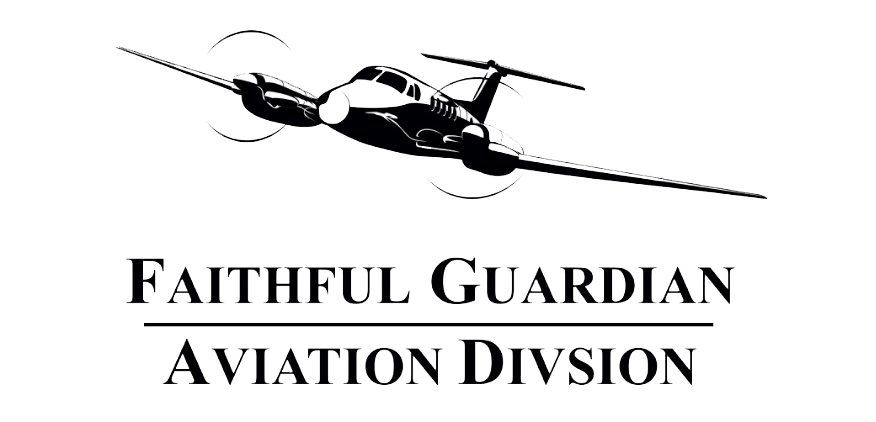Lesson 3.7 Collision Avoidance
1. Navigation lights on the aircraft consist of a red light on the left wing, a green light on the right wing, and a white light on the tail. In night flight,
a. When an airplane is crossing in front of you from your right to left, you will observe a red light.
b. When an airplane is crossing in front of you from your left to right, you will observe a green light.
c. When an airplane is flying away from you, you will observe a steady white light(s).
d. When an airplane is approaching you head-on, you will observe a red and green light but no white light.
e. Note that the navigation lights on the wings cannot be seen from the rear.
2. A flashing red light on an aircraft is a rotating beacon and may be seen from any angle.
3. In daylight, the most effective way to scan for other aircraft is to use a series of short, regularly spaced eye movements that bring successive areas of the sky into your central visual field.
a. Each movement should not exceed 10°, and each area should be observed for at least 1 second to enable detection.
b. Only a very small center area of the eye has the ability to send clear, sharply focused messages to the brain.
4. At night, collision avoidance scanning must use the off-center portions of the eyes. These portions are most effective at seeing objects at night.
a. Accordingly, peripheral vision should be used, scanning small sectors and using off-center viewing.
5. Any aircraft that appears to have no relative motion with respect to your aircraft and stays in one scan quadrant is likely to be on a collision course.
a. If it increases in size, you should take immediate evasive action.
6. Prior to each maneuver, a pilot should visually scan the entire area for collision avoidance.
a. When climbing or descending VFR on an airway, you should execute gentle banks left and right to facilitate scanning for other aircraft.
7. All pilots are responsible for collision avoidance when operating in an alert area.
8. Most midair collision accidents occur during clear days.
9. A near midair collision is defined as an incident associated with
i. The operation of an aircraft in which a possibility of collision occurs as a result of proximity of less than 500 ft. to another aircraft or
a. A report that is received from a pilot or a flight crew member stating that a collision hazard existed between two or more aircraft.
b. Reporting responsibility: It is the responsibility of the pilot and/or flight crew to determine whether a near midair collision actually occurred and, if so, to initiate a near midair collision report.
10. Pilots are encouraged to turn on their landing lights when operating below 10,000 feet, day or night, especially when operating in conditions of reduced visibility.
11. ADS-B (Automatic Dependent Surveillance-Broadcast) is technology that allows air traffic controllers (and ADS-B equipped aircraft) to see traffic with more precision. Instead of relying on old radar technology, ADS-B uses highly accurate GPS signals. Because of this, ADS-B works where radar often will not.
12. This system
i. Works in remote areas such as mountainous terrain
ii. Functions at low altitudes and even on the ground
ii. Can be used to monitor traffic on the taxiways and runways
iii. Allows air traffic controllers as well as aircraft with certain equipment to receive ADS-B traffic
a. Provides subscription-free weather information to all aircraft flying over the U.S.
b. ADS-B will be required in 2020. This system helps make our skies safer. For more information, visit www.garmin.com/us/intheair/ads-b.
